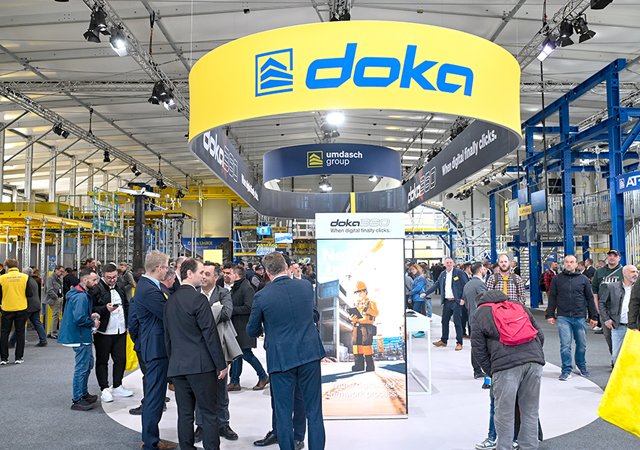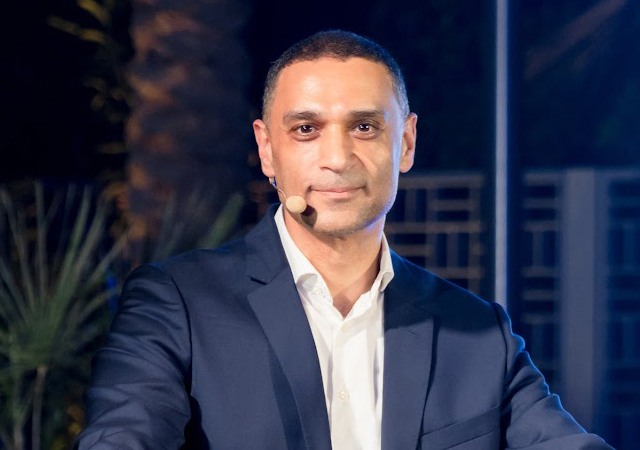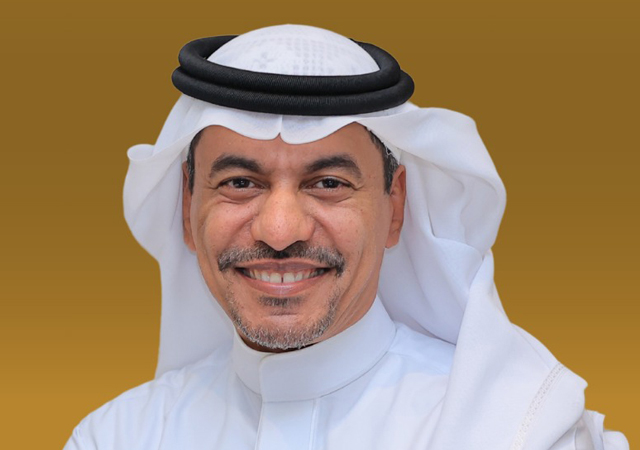Phoenix Inspection Systems, a UK-based designer and manufacturer of non-destructive ultrasonic testing equipment, has recently launched a unique device – the AR 5000 – which uses sonic waves to test for defects and blockages in pipes.
Manufactured on behalf of Germany-based Linde Engineering, the AR 5000 is a more powerful, long-range version of Phoenix’s Acoustic Ranger, which is popular with process plant operators around the world, says a spokesman for the company.
The Acoustic Ranger emits a sonic wave that travels along the inside of a tube, following it around bends and spirals. However, the AR 5000 has four times the range of the earlier versions.
“The AR 5000 will help Linde to maintain and improve product quality and will help during possible maintenance campaigns on site,” says Karl Quirk, managing director of Phoenix Inspection Systems.
“The Acoustic Ranger has proved popular with the energy and petrochemical sectors for checking pressure vessels and relief valves and with food, drink and process industries for detecting holes and blockages in the line,” adds Quirk. “Operators often tell us it has saved them many thousands of pounds and is a vital tool for achieving compliance with pressure systems regulations.”
Quirk points out that Phoenix’s AR 5000 not only has a much longer range but also better resolution and sensitivity than other previous versions. It offers potential for wider use on systems ranging from large-scale heat exchangers to general pipe work, small-bore circuits and fibre optic conduits. It also has a USB link and can be plugged into any computer running the AR 5000 software.
Linde Engineering is one of the leading international process plant manufacturers and its LNG (liquefy natural gas) plants, are in growing demand worldwide. The plants contain spiral-wound heat exchangers consisting of a complex system of tubes.
Based in Warrington in the UK, Phoenix is a leading independent supplier of ultrasonic NDT equipment with an international client base. Phoenix incorporates the latest technologies and skills to help users achieve faster, more accurate and cost-effective inspections, the spokesman concludes.


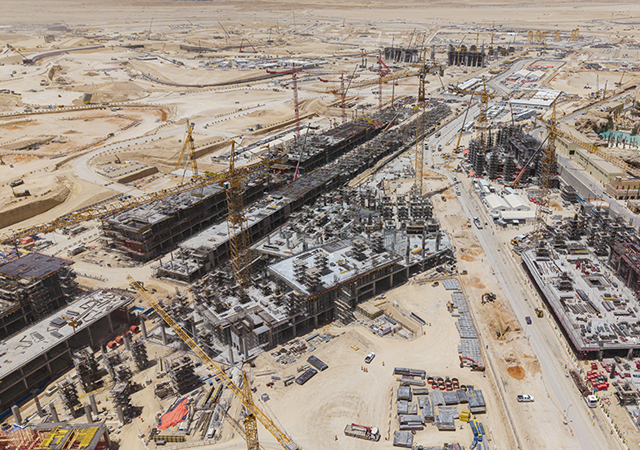
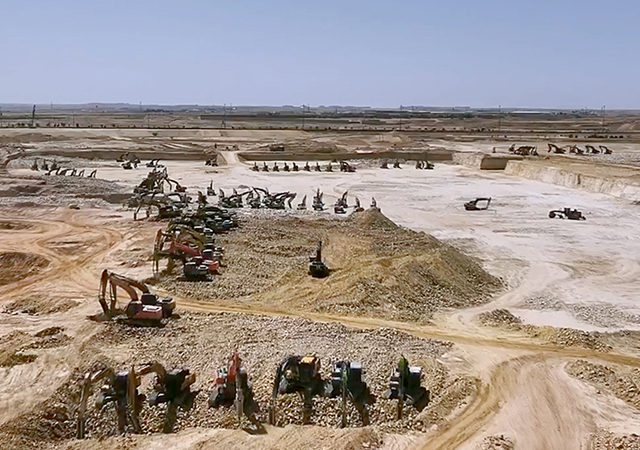
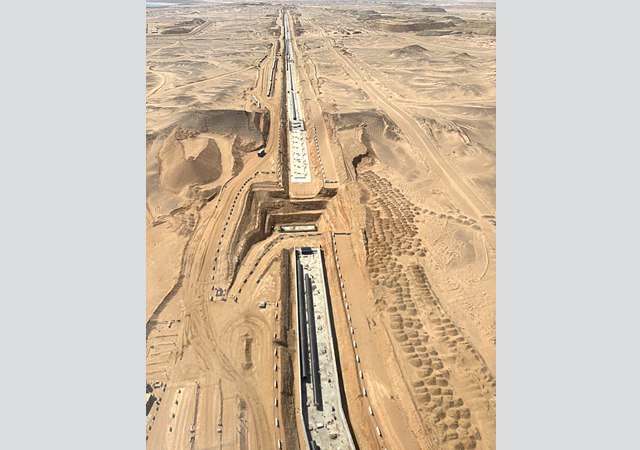





 BIG.jpg)
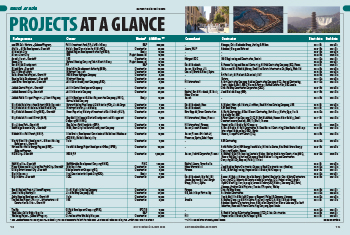
.jpg)


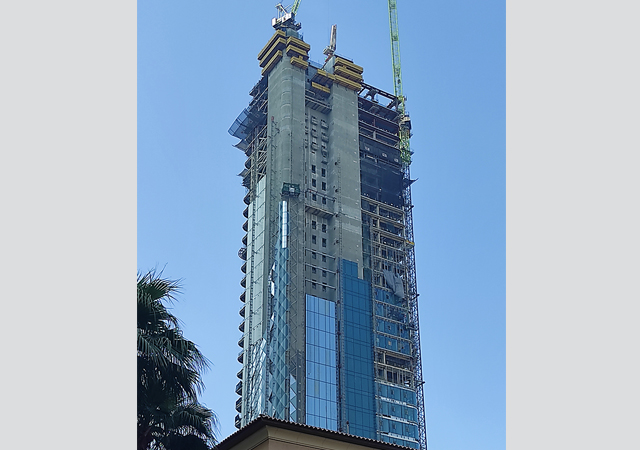

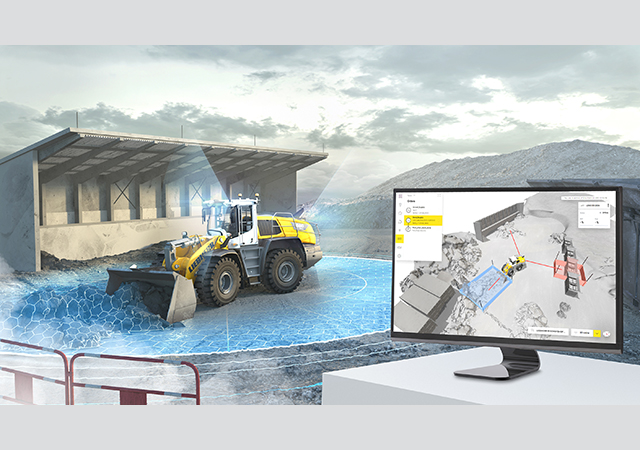

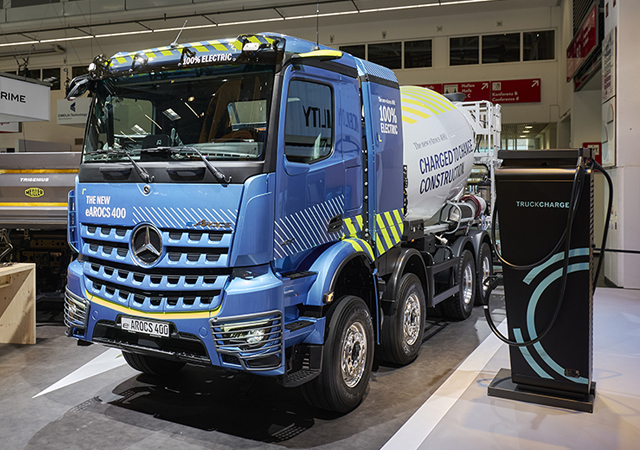











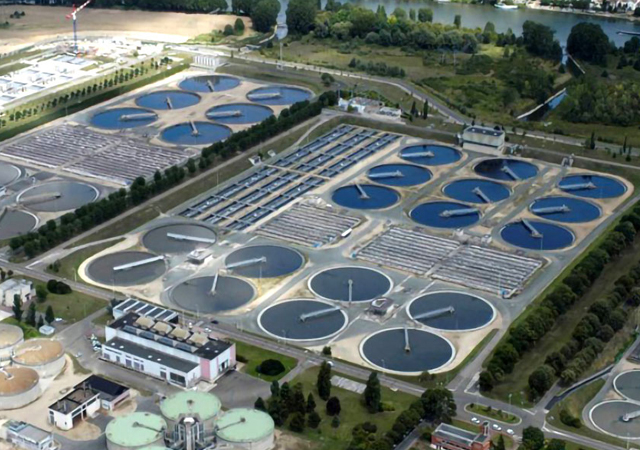


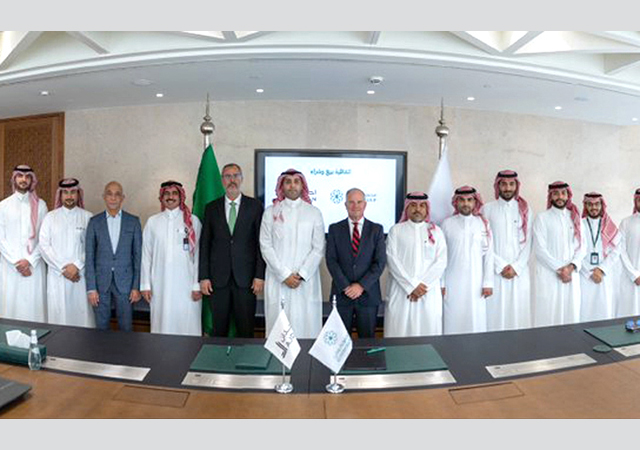
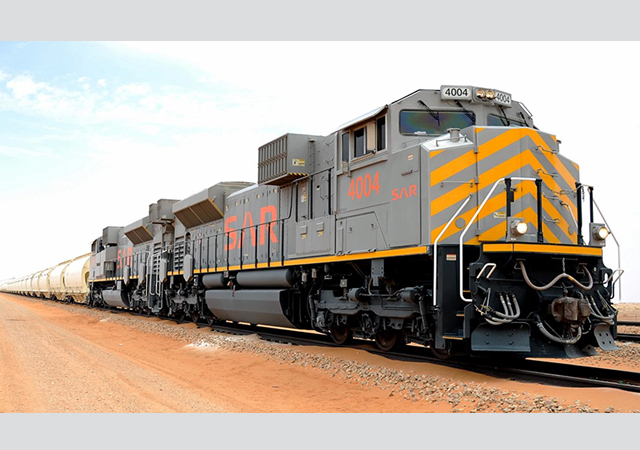
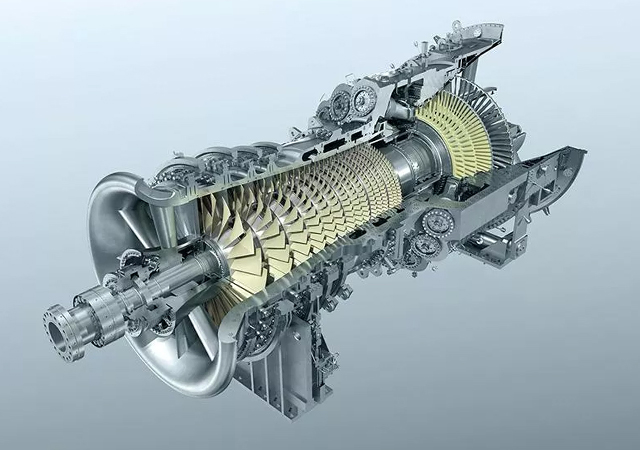

.jpg)








